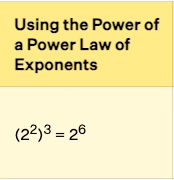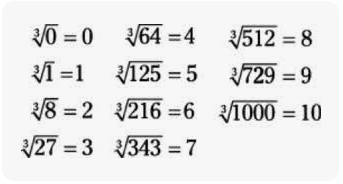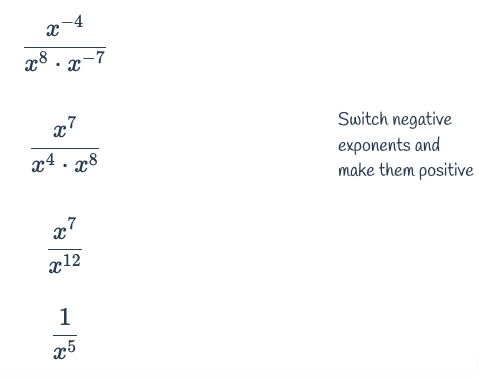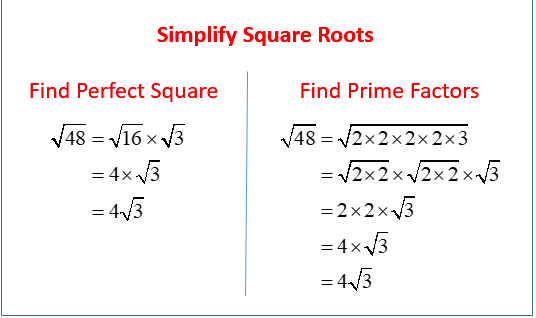Exponent Properties & Roots (Square & Cube)
1/20
Earn XP
Description and Tags
Name | Mastery | Learn | Test | Matching | Spaced |
|---|
No study sessions yet.
21 Terms
Product Law of Exponents
Product Law of Exponents: When multiplying two numbers with the same base, add the exponents together. Example: (a^m) * (a^n) = a^(m+n).
Quotient Law of Exponents
Quotient Law of Exponents: When dividing two powers with the same base, subtract the exponents. (a^{m} \div a^{n} = a^{m-n})›

Zero Law of Exponents
Any non-zero number raised to the power of zero is equal to 1.

Negative Law of Exponents
Negative Law of Exponents: When a base is raised to a negative exponent, it is equal to 1 divided by the base raised to the positive exponent.

Power of a Power Law of Exponents
(Q) The rule stating that when raising a power to another power, multiply the exponents. (A) (a^m)^n = a^(m*n)

Power of Product Property
Power of Product Property: Exponents of a product can be distributed to each factor. (a*b)^n = a^n * b^n. Simplifies calculations with exponents.

Power of a Quotient Rule of Exponents
Distribute the exponent to both the numerator and the denominator.

(6a)^2
Example:
(6a)^2 = 36a^2
4

9

16

25

36

49

64

81

100
Perfect Cubes (raised to the power of 3)


What do we do with NEGATIVE exponents on both parts of the fraction?


Anything raised to the (1/3) is the same as taking the cube root.
Simplify Square Roots
